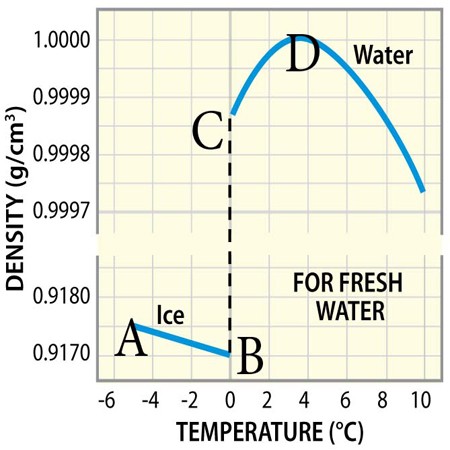On average, what percent of the energy at one level of the food chain becomes available at the next level of the food chain?
A. 10%
B. 90%
C. 50%
D. 1%
Answer: A
Environmental & Atmospheric Sciences
You might also like to view...
At what point on the graph does the density of water begin to decrease? ________ The temperature at this point is ________.
A. D; 4°C B. A; -4°C C. C; 0°C (but higher density) D. B; 0°C
Environmental & Atmospheric Sciences
The Cenozoic history of the Appalachian Mountains is distinguished by _______ and _______. Fill in the blank(s) with the appropriate word(s)
Environmental & Atmospheric Sciences
The Cordilleran orogeny was distinguished by three phases: ________ orogeny, ________
orogeny, and _________ orogeny. Fill in the blank(s) with the appropriate word(s).
Environmental & Atmospheric Sciences
Normal faults are associated with ____
a. forces that push rocks together b. anticlines and synclines c. shearing tectonic forces d. tensional tectonic forces
Environmental & Atmospheric Sciences